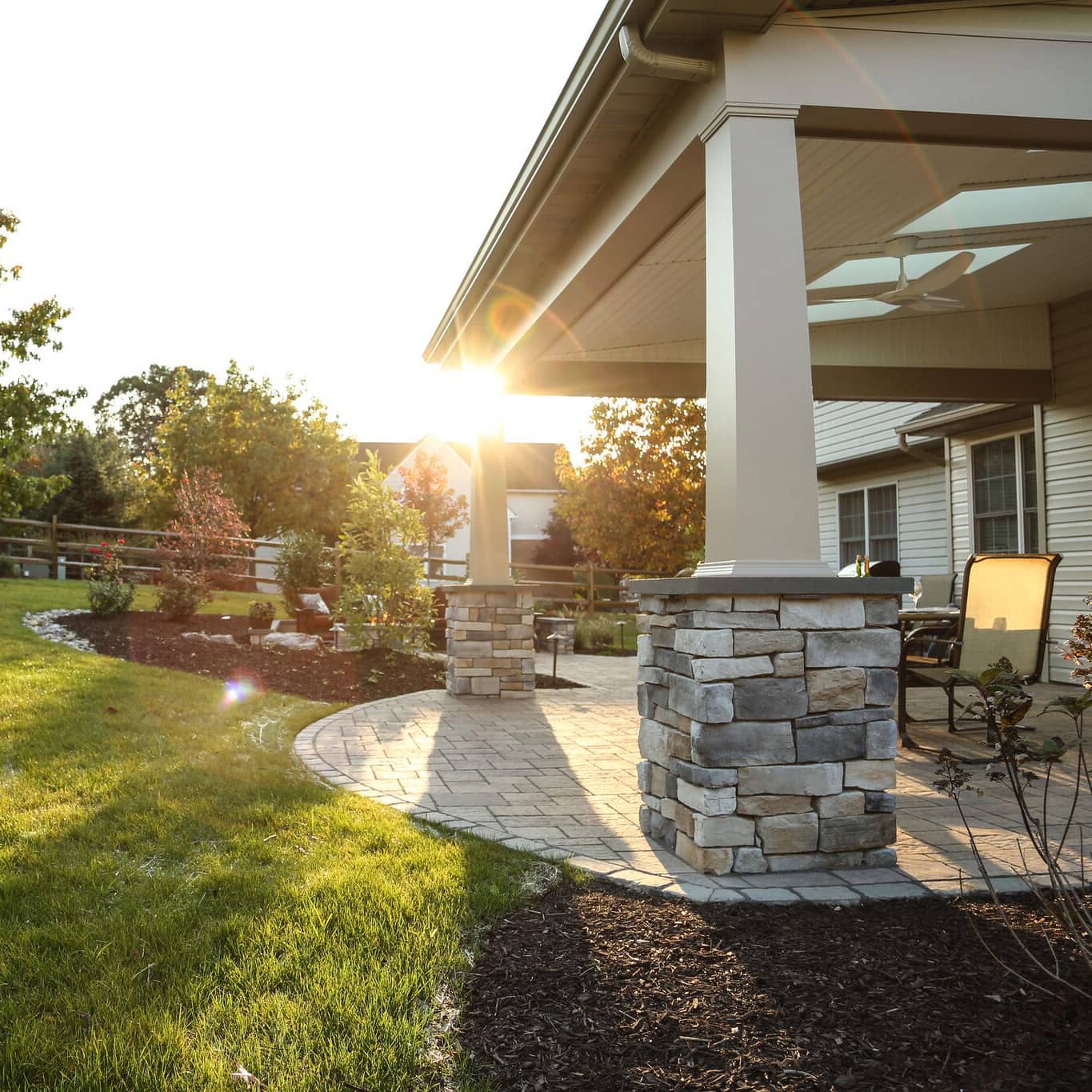Landscape Spotlight: Winter Aconite, ‘Eranthus hyemalis’
Posted November 23, 2017 in Blog, Plant and Tree
Winter Aconite isn’t really a household name when it comes to landscape plantings, but it should be! While not totally uncommon, this tuberous perennial seems to remain underutilized, but its sunny presence will certainly light up your winter landscape. Being one of the latest winter/earliest spring bloomers, rising even before the crocuses, this delightful groundcover will deliver the first inclination that spring is on the horizon.
Winter aconite will grow, on average, 3-6” tall and wide, and has the ability to form large colonies. Each plant has cup-shaped, upward facing 1” wide bright golden-yellow flowers that sit atop divided rich green leafy bracts. Providing a blanket of color from January to March (in zones 3-7), the buttercup-esque flowers provide ample cheer in a still cold and barren landscape. Self-sowing, this plant will create a beautifully cheery clump-form groundcover and naturalize over time, becoming a reliable early-spring perennial within the landscape.
For the happiest winter aconite, be sure to plant in an area with well-drained and moderately rich soil. While not picky about sun requirements, this plant will tolerate full sun to partial shade. One thing to keep in mind is that winter aconite does not like dry soil, so be sure to plant in a location that will receive precipitation.

This low maintenance plant will flower reliably and flourish where little else will grow, it’s amazing that that they don’t get more attention. If you have a bare area in your yard, give this late winter perennial a try. Winter aconite has been known to do well under horse chestnut and sycamore trees, whose shade is known to deter other plant life!
From a landscape design standpoint, winter aconite is best planted 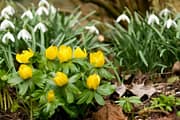
For gardeners that look forward to the first signs of life in the new year should strongly consider this ornamental stunner. This distinctive design plant is short, sweet and to the point, with sole purpose to bring joy in an otherwise cold and dreary environment. The increasing ground cover will be like a yearly gift that keeps on giving!
For more landscape advice or to begin planning you dream backyard transformation, reach out to MasterPLAN Landscape Design! We are passionate about solving problems and partnering with our clients to provide comprehensive and cohesive outdoor living spaces tailored to fit your family and your lifestyle! MasterPLAN would love to discuss your options to truly uncover the full potential for your outdoor space; when you’re ready to chat, we are ready to listen!
Join Our Newsletter
Stay up to date with what is happening with MasterPLAN Outdoor Living.

This Bethlehem family loves their custom outdoor living space so much, even Stella the pup can’t resist basking in the sunshine too!

This Center Valley project combines all of nature’s finest elements into one beautiful landscape design.

The iridescent tile selected for this overflow spa and swimming pool keeps the tile cool during the hot days of summer and beautifully shifts in color as the sun rises and sets!
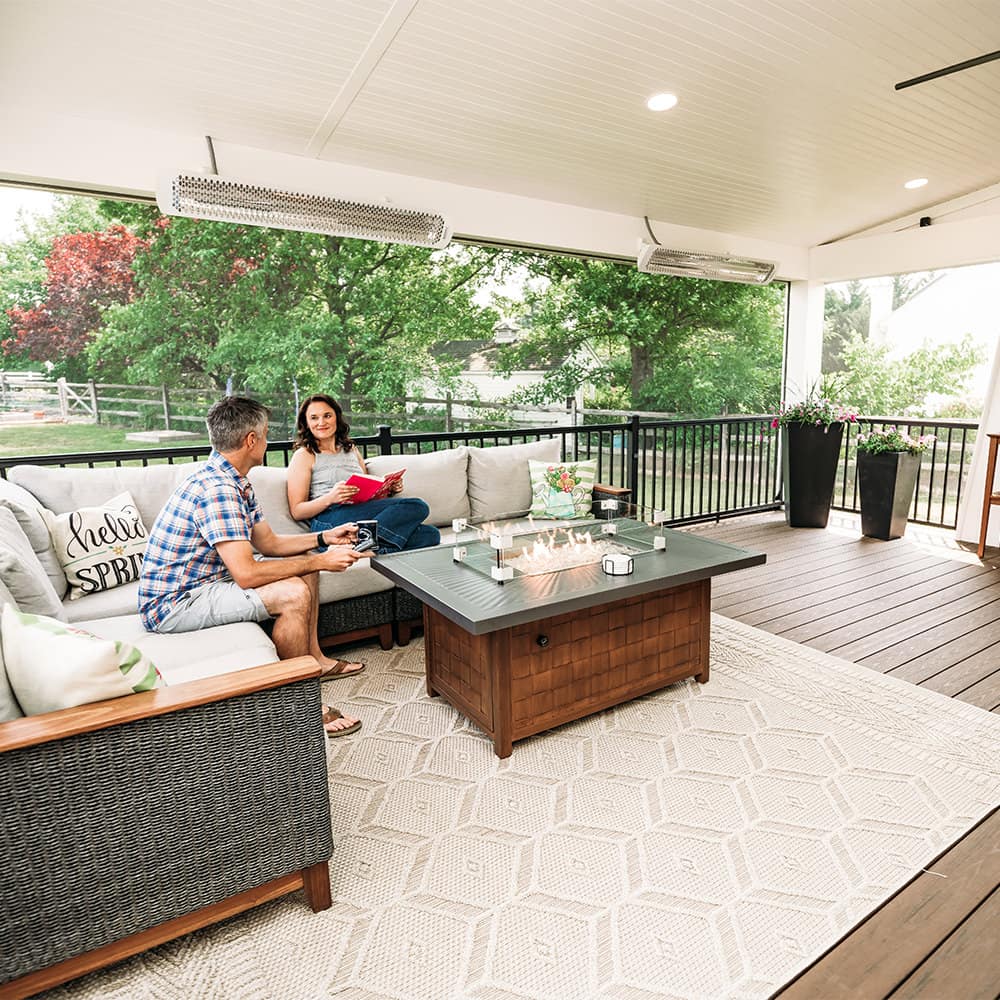
Spend more time enjoying your outdoor living space than maintaining it in Schwenksville, PA. Every MasterPLAN project accounts for low-maintenance materials and high-level detail!
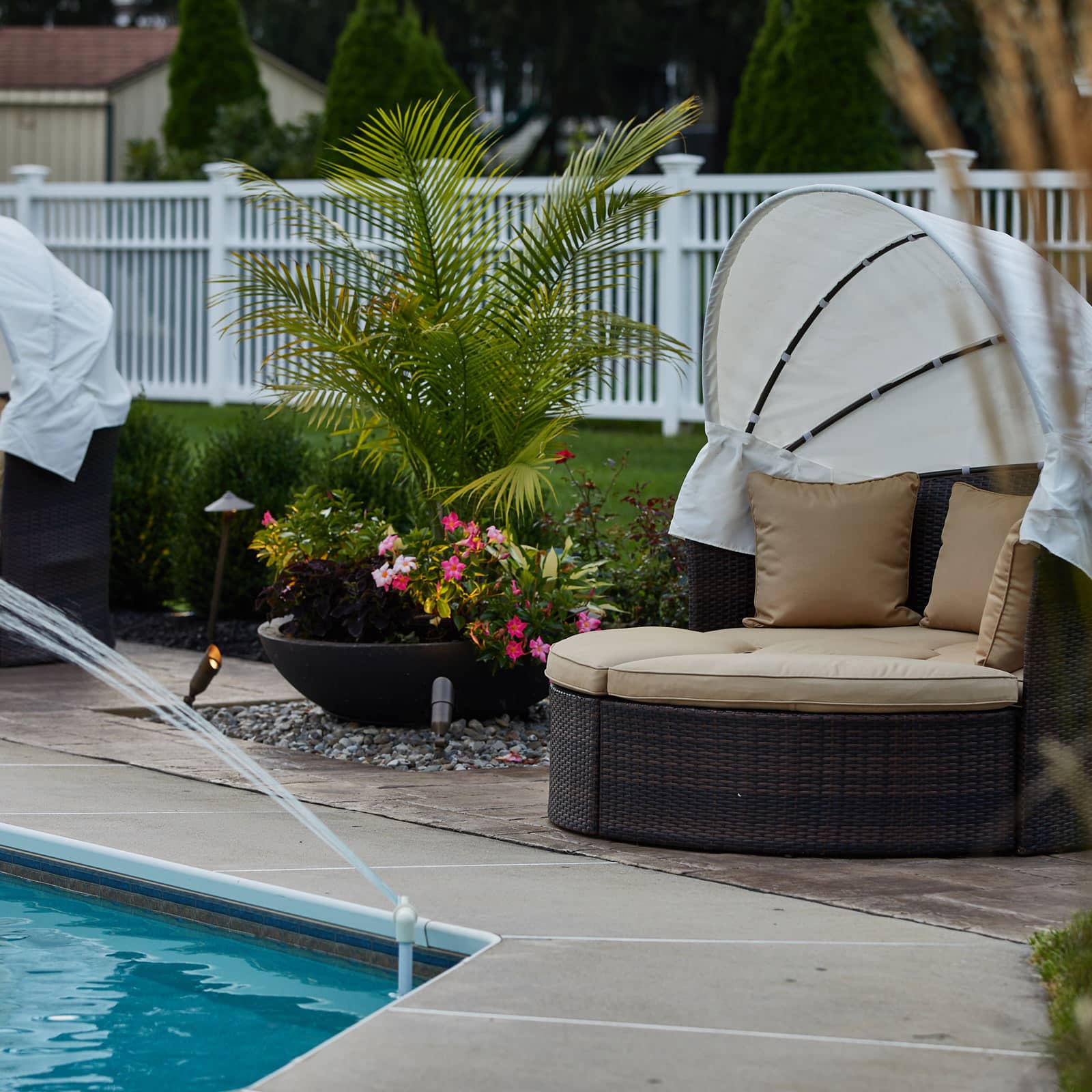
It’s the details that make each MasterPLAN project feel like home.

Accent lighting is one way to draw your family outdoors when the sun is sinking low. The warm glow is genuinely inviting and comforting.
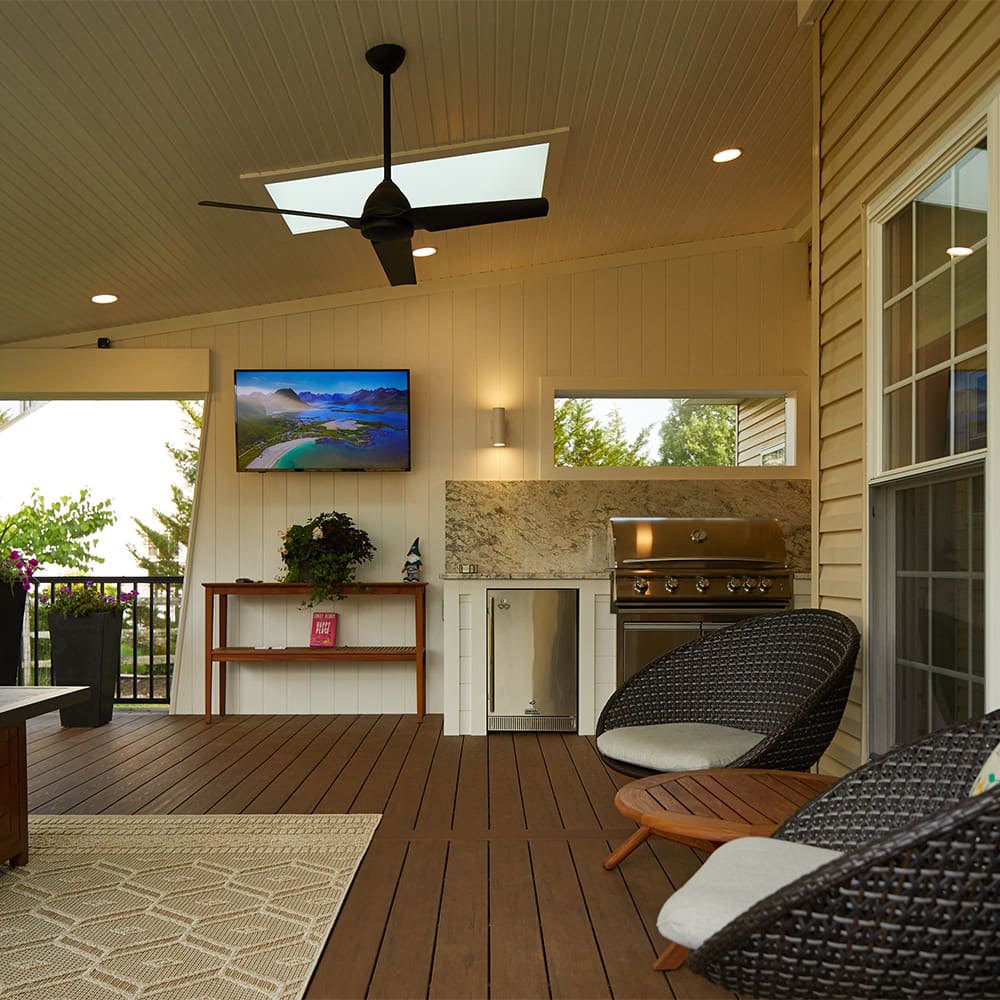
With careful design and planning, an outdoor living space can be beautiful and include several desired features without feeling cramped or overwhelming.





